|
Cupping therapy is coming to Gaia Bodywork this fall. I’ve been working with this new technique and I am loving the results and feedback I'm getting from clients. They're saying great stuff! One of the best comments that a client shared was that he felt like the relief from muscular tension and other positive effects of the massage were lasting longer. So far I've only been using my silicon styled cups on long-time clients. I'm excited to get all of my cups going soon! I'll be offering full cupping sessions as well as cupping in specific areas during regular massage sessions. I'm also working on a new signature wellness package that combines barefoot bar therapy and cupping so I can smoosh and compress everything with Ashiatsu and then lift the tissues up with cupping. I'm absolutely loving the opportunity to play with these two opposite techniques. Cupping is one of the oldest, and most widely used wellness treatments in human history. You can find evidence of cupping therapy in some variation in most cultures around the world. Ancient cultures would use anything from bamboo cups to animal horns to gourds in order to create therapeutic suction. It wasn't until the late 1800s when the westernized medical community considered cupping to be "folk medicine" and beneath the new medical paradigm. How does cupping therapy work? Cupping works by creating negative pressure (suction) above the surface of the tissues, the decrease in atmospheric pressure allows the tissues below to be lifted upwards, increasing the space for the underlying structures to move into better alignment. Myofascial release techniques and manual lymphatic drainage is easy to accomplish with cupping therapy. The suction in cupping rapidly releases tight and rigid soft tissue by pulling it up and away from underlying structures and loosening areas of restriction or adhesions. Are the cupping marks left after a session harmful? Marks left on the body after cupping session are not harmful. The Western term for cupping discoloration is petechia. While they may look like bruises, they're areas under the suction cup where minor, superficial capillaries have broken, bringing fresh blood to the local area. They don't hurt and they have a different healing process then a bruise from an injury. Many times the cupping marks will go away immediately but they can last up to two weeks. There are a few reasons why you might “mark up”’during a cupping session. Some reasons could be the presence of scar tissue from a past injury in the local suctioned area, tissue adhesions, and stagnant blood or body fluids. As you continue to get treatments, it's common to stop experiencing discoloration all together. List of therapeutic benefits of cupping.
Cupping therapy is very beneficial for many conditions such as poor circulation, swelling/edema, sports injuries, high blood pressure, sciatica, anxiety, nervous tension, chronic headaches, fibromyalgia and many more! Truly, the list goes on and on. Who should avoid cupping therapy? Cupping is contraindicated in cases of severe diseases like cardiac failure, renal failure, and severe edema. This is also true for diseases such as hemophilia and leukemia, and clients with dermatitis or allergic dermatitis. Cupping should not be applied on the area where hernia exists or has occurred in the past. For pregnant women, some areas of the body are contraindicated. Also, women should not start cupping therapy treatments during their first trimester but are fine to continue treatments in their first trimester if they've had cupping sessions regularly before getting pregnant. Some clients have asked if they can cupp themselves at home ao it's good to mention here that while there are great benefits to cupping therapy, there are some adverse effects as well which is why cupping is not a good DIY option. Cupping should be done by someone who has had some formal training or experience. Jerome Matthews, a certified cupping educator at International cupping therapy associations mentions this on facebook. “People need to know that there are several areas on the body that if cupped, can cause serious harm. Possibilities include interfering with blood flow, damaging nerves, tearing lymphatic webbing, tearing moles or skin tags, making various skin conditions worse (the list goes on). Also, if used with inappropriate pressure and/or left on the body for an inappropriate amount of time, severe blistering is possible. There are also many other health conditions that could be negatively impacted by cupping, which you as a trained professional are aware of. People really need to see a qualified practitioner to avoid the possibility of injuring themselves!” Have you tried cupping? Share your experiences in the comments section of this blog and let us know your thoughts! AuthorHi! I’m Hillary Arrieta and I help people improve their lives by offering holistic solutions to ease stress, eliminate pain, and inspire self care practices. I own Gaia Bodywork in Richardson, TX.
1 Comment
10/26/2017 09:36:30 am
Fantastic post Hillary. I'm excited about you creating a treatment approach that includes both Ashiatsu and Cupping Therapy. Your clients are going to love it!
Reply
Leave a Reply. |
Categories
All
Archives
May 2024
Dallas Massage Blog is a written journal about Massage Therapy, Wellness, and Ashiatsu Barefoot Massage in the Dallas, Texas area. |

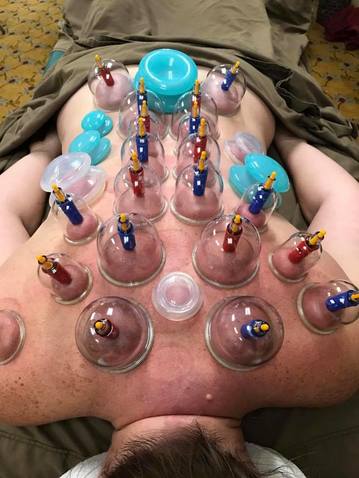
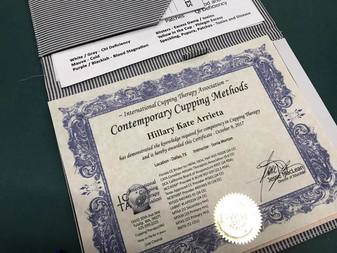
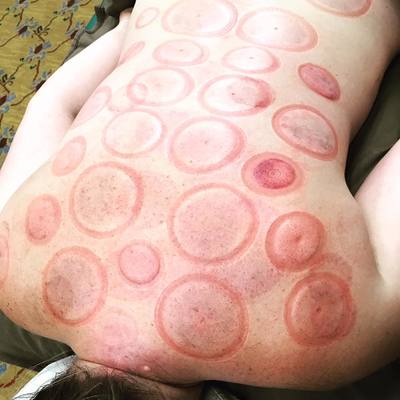
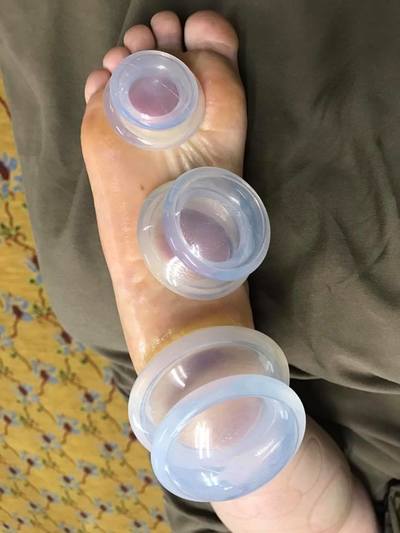
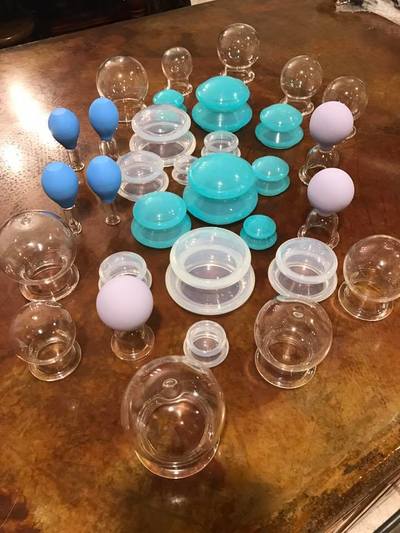

 RSS Feed
RSS Feed
